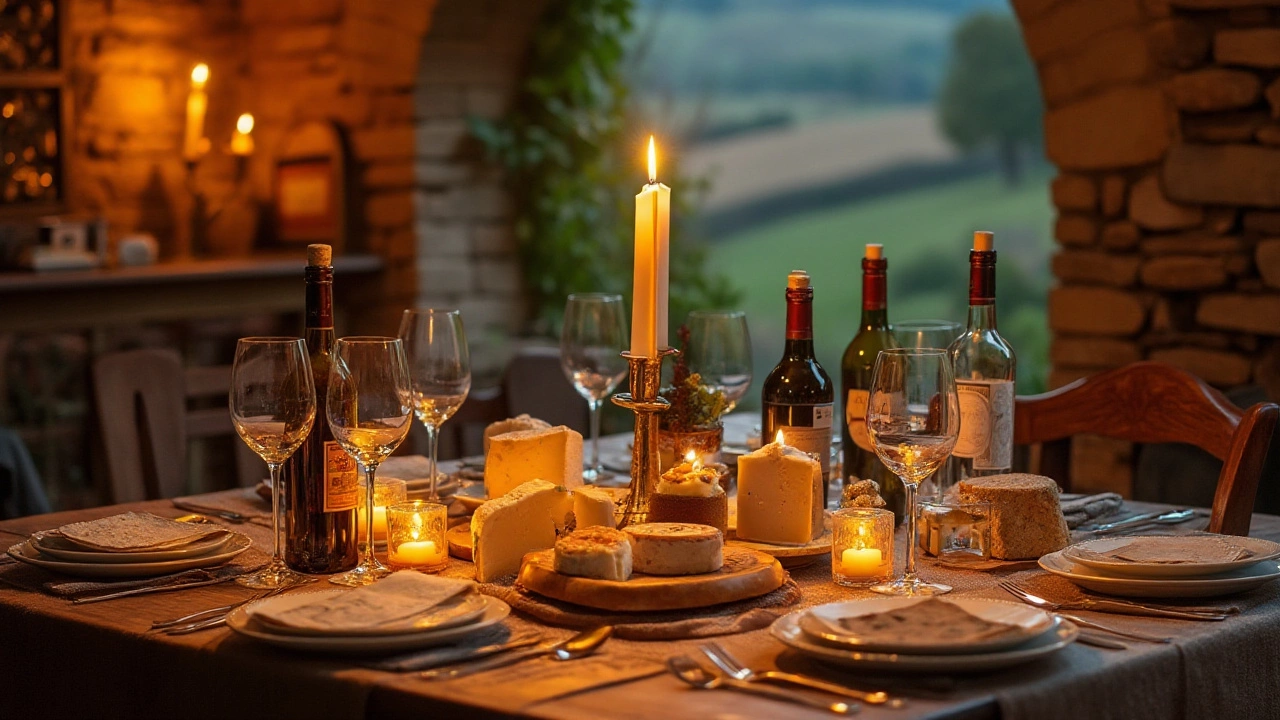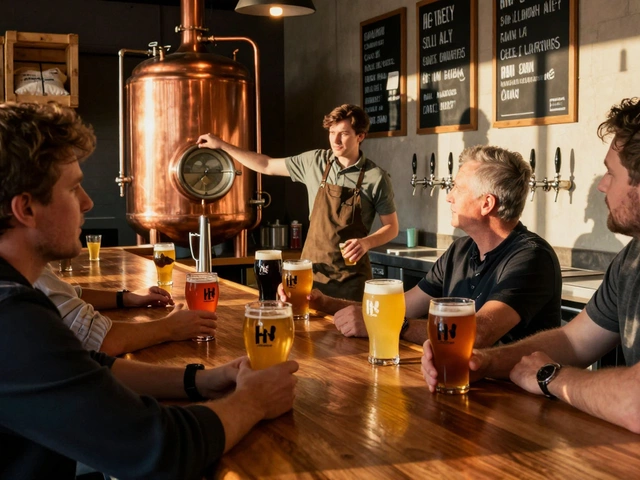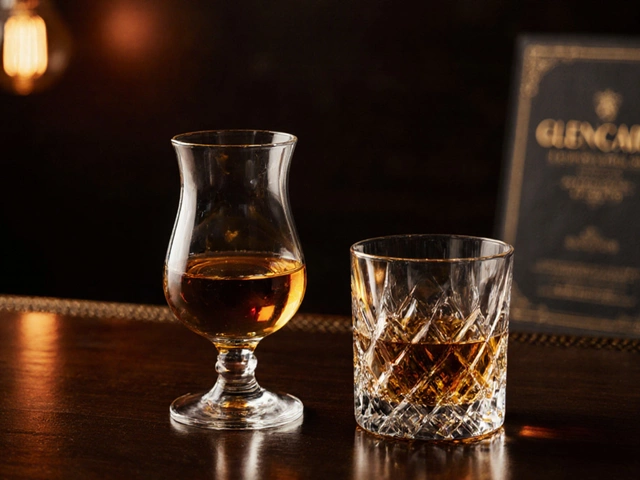Flavor Chemistry: Why Your Wine Tastes the Way It Does
Ever wonder why a glass of red can feel velvety while a crisp white feels fresh? It’s not just luck – it’s chemistry at work. The tiny molecules that bounce into your nose and hit your tongue decide if you taste fruit, spice, or earth. Knowing a few basics can make you sound like a pro at any tasting.
The Building Blocks of Taste
Flavor starts with three main players: acids, sugars, and aromatic compounds. Acids (think citric or tartaric) give that sharp bite you feel in a Sauvignon Blanc. Sugars balance that bite, adding smoothness – that’s why a dessert wine feels so plush. Aromatics are the real show‑stoppers; they’re volatile molecules that travel up to your nose and create the perfume of a wine. Esters bring fruity notes, aldehydes add nuttiness, and phenols deliver spice or smoke.
Don’t forget your tongue’s five basic taste receptors: sweet, sour, salty, bitter, and umami. In wine, bitterness often comes from tannins – tiny polyphenol particles that also give structure. Too much and you get a dry, puckering feeling; just enough and the wine feels balanced.
How Chemistry Shapes Your Favorite Drinks
When you pair cheese with wine, you’re actually matching chemical families. The fat in cheese coats your mouth, softening the perception of tannin, while the protein helps highlight acidity. That’s why a sharp cheddar loves a bold Cabernet, and a creamy brie pairs well with a buttery Chardonnay.
Mocktails aren’t chemical strangers either. A splash of citrus juice adds acidity, while herbs like mint release essential oils that hit your olfactory sensors. Even the carbonation in a soda creates tiny bubbles that lift aromatic compounds, making the flavor pop.
Want to sharpen your palate before a tasting? Sip a neutral drink like water or a light tea. This cleanses your receptors and lets the next sip’s chemistry shine through. Avoid heavy, lingering flavors right before – they can mask the subtle aromatics you’re trying to catch.
In practice, think of flavor chemistry as a toolbox. Identify the dominant acids, sugars, and aromatics in what you’re drinking, then look for foods or techniques that complement or contrast those chemicals. That simple approach turns any tasting into a fun experiment.
So next time you swirl a glass, remember: you’re watching chemistry dance. Spot the citrus zing, feel the tannic grip, sniff the fruity esters, and you’ll taste the science behind every sip.
Pairing cheese with wine is a tradition rooted in complementing flavors and enhancing the dining experience. The combination is an intricate dance of textures and tastes, which has evolved over centuries. Understanding the chemistry and cultural significance behind this pairing allows for a more rewarding and harmonious taste experience. Cheese and wine together offer a balance of acidity, sweetness, and texture, making each bite and sip memorable. This article delves into why they are paired together and offers tips for choosing the best combinations.
View Details

